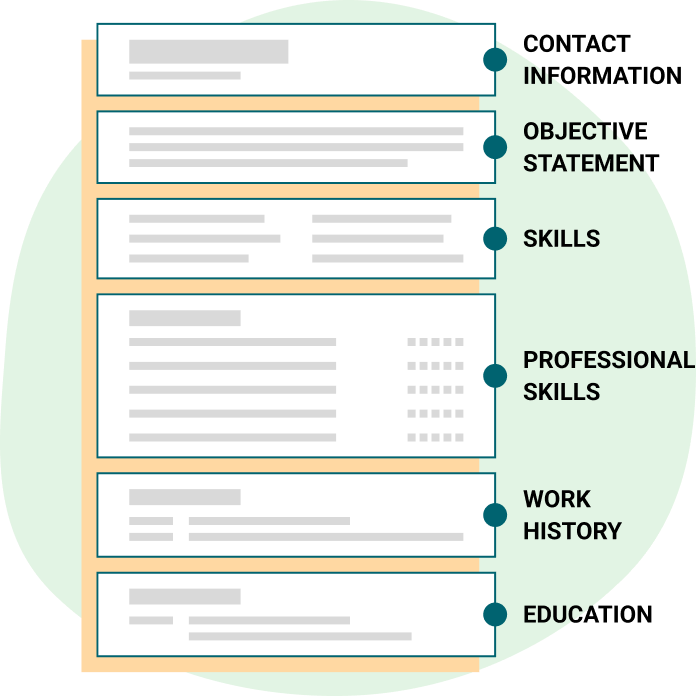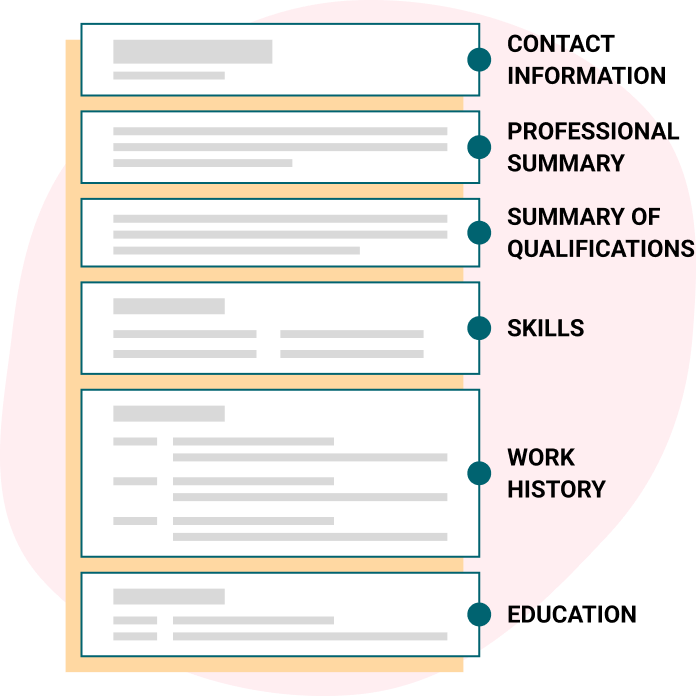Of course, the text and details of your resume will vary widely depending on your industry, your specific job, your long-term career goals, and the employer you decide to target. You’ll also tailor your approach to match your credentials and certifications. But as you’ll notice while reviewing these international resume samples, there are a few elements that should appear in every resume with global reach. There’s no single right way to create an international resume, but in almost every case, your resume should show respect for the language and expectations of your readers, and your document should contain each of the standard sections listed below:
- Resume Summary (or Objective)
- Education Section
- Work Experience
- Skills/Extracurricular Activities
As you can see while reviewing these international resume samples, you’ll have some straightforward formatting guidelines to follow as you complete your summary, education, and skills sections. But when you reach the section that outlines your work experience, you’ll need to make some formatting decisions of your own.
Some candidates choose to present this section in the traditional chronological layout, which uses the candidate’s past positions to emphasize his or her future potential. Other applicants choose the functional layout instead, which shines the spotlight on specific skills and capabilities, rather than former jobs.
If you choose the chronological layout, you’ll create a separate entry for each of your past positions, beginning with the most recent. Within each entry, you’ll provide the title of your job, the name of your employer, and the dates on which you began and ended your tenure. After this basic information, you’ll offer a short, succinct summary of your most important responsibilities in this role and some of your proudest accomplishments during this chapter of your career.
If you choose the functional layout option instead, you’ll break your entire work experience section into two subsections. The first of these two sections will present a list of your core capabilities, or the most important areas of expertise that you can offer a potential employer. In the second section, you’ll share a list of your previous jobs titles, but you won’t need to add any supporting detail, like the dates of your tenure. You also won’t need to document your responsibilities or special accomplishments.
The formatting option you choose will depend on the needs of your target employer and your own personal preference, but in general, the chronological option will work well if you can present an uninterrupted work history with a steady progression of increasing responsibility in your field or area. In you’ve experienced a mid-life career change, a few lateral moves, or some departures and returns to and from the workforce, the functional option can keep the focus centered on your capabilities and contributions. Review the international resume samples in this collection to get a sense of how each style might influence a reader.








